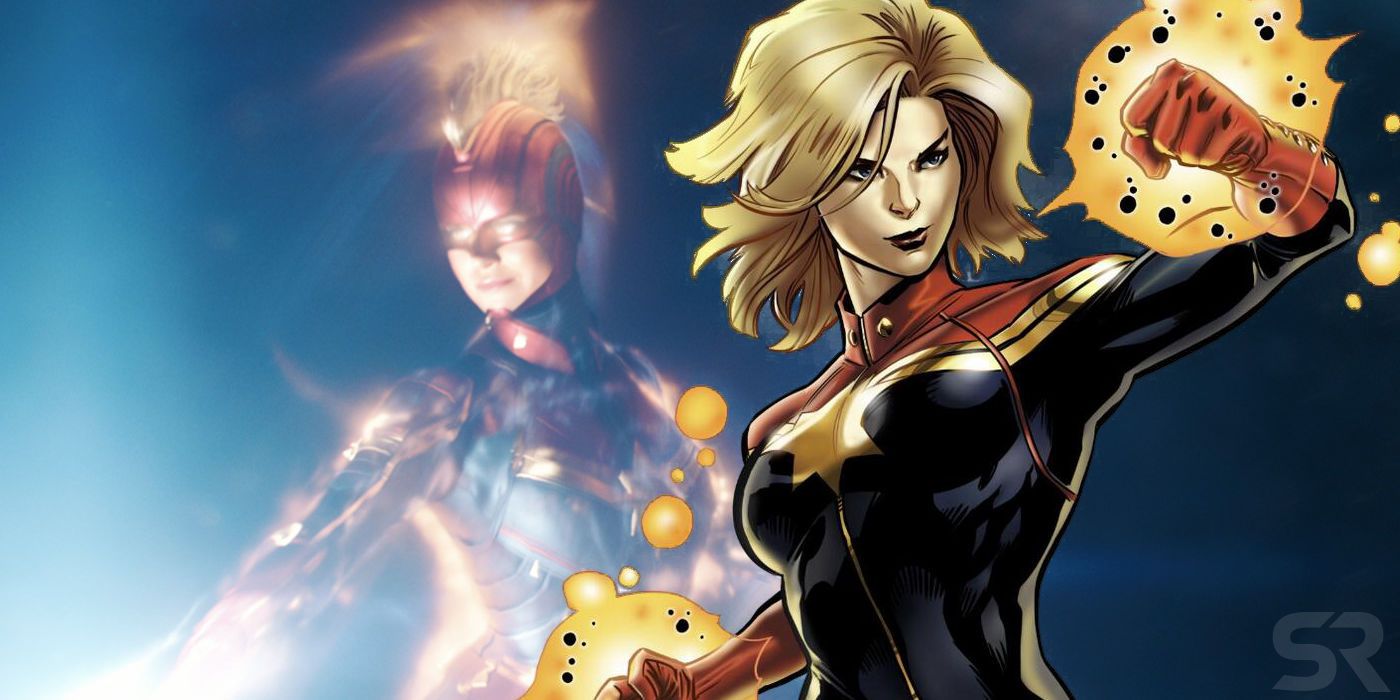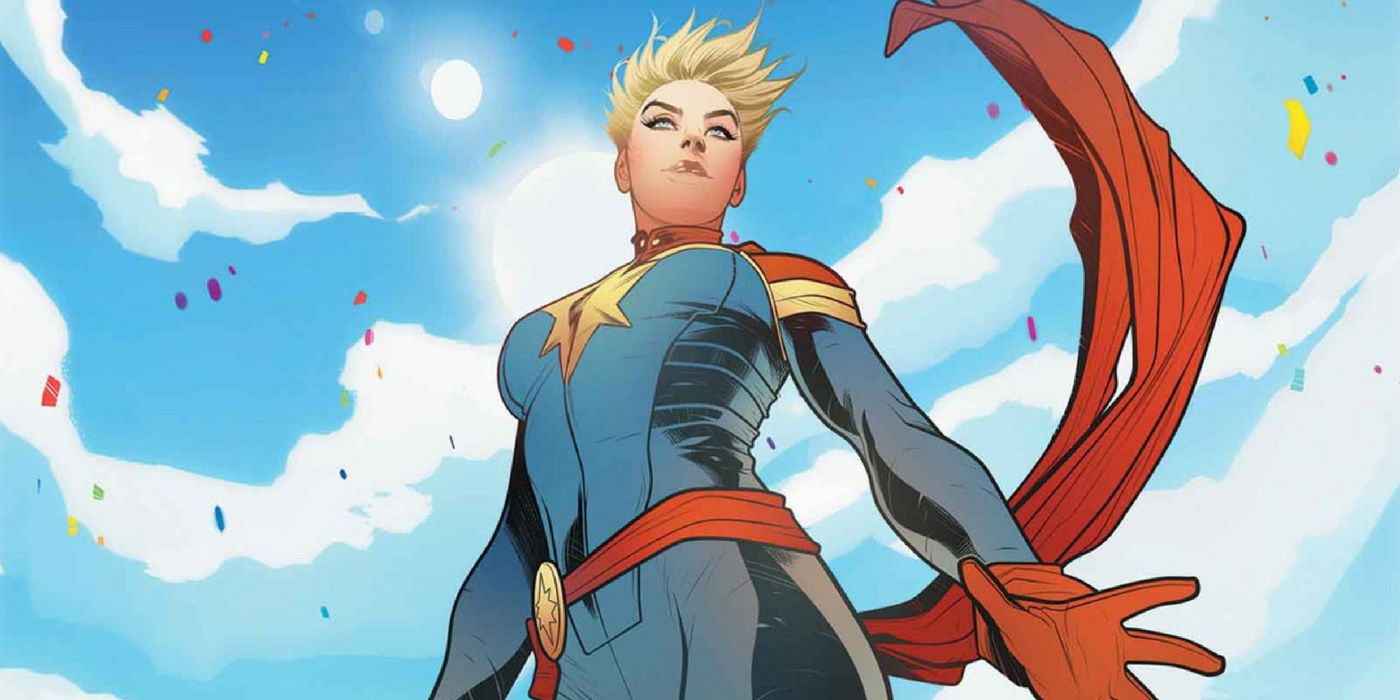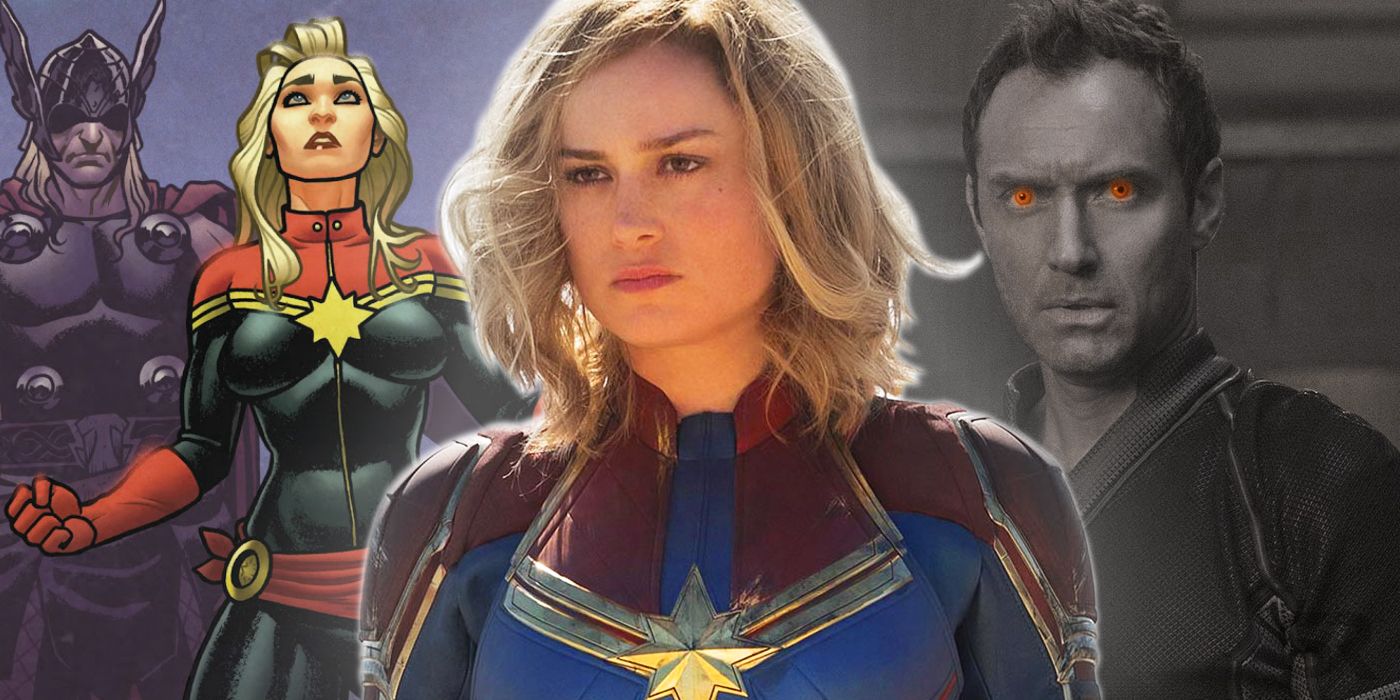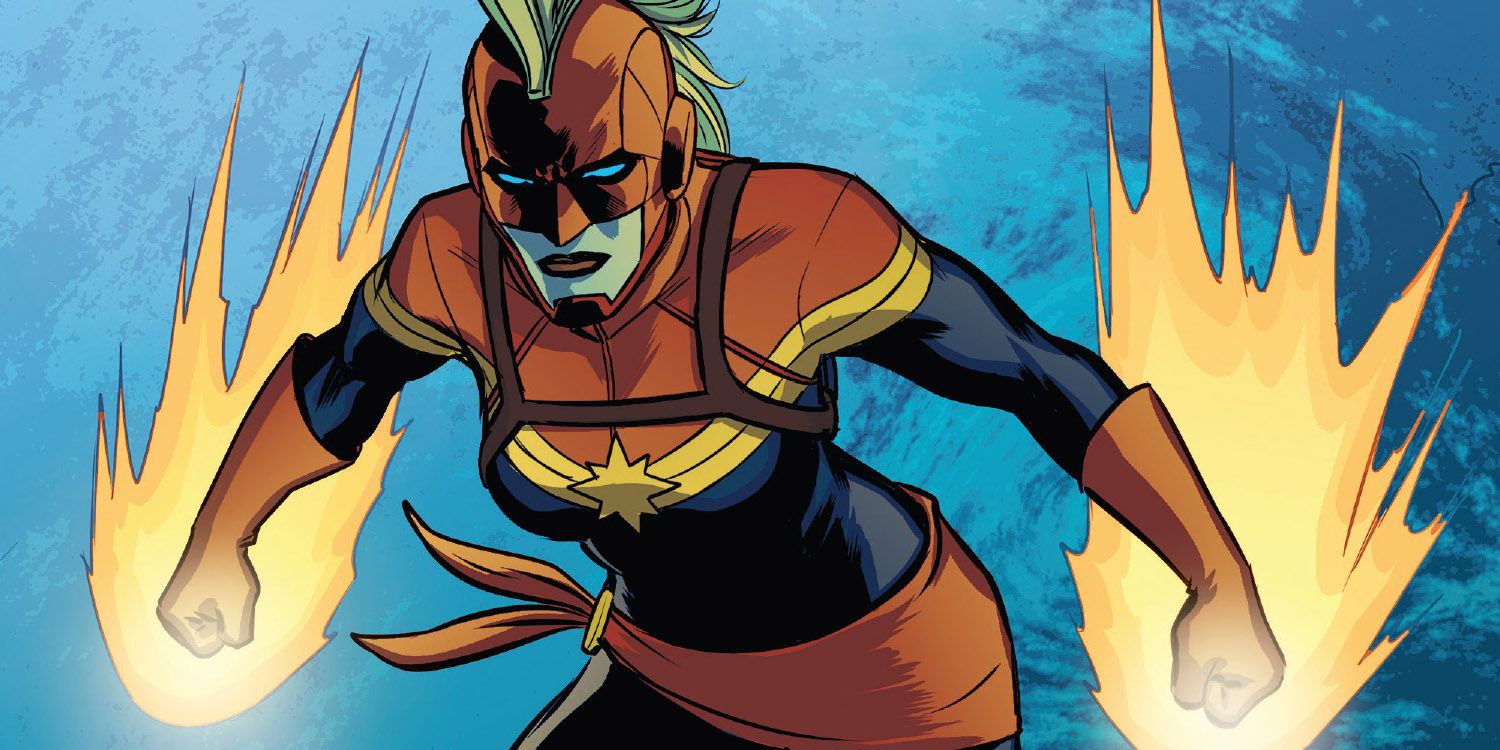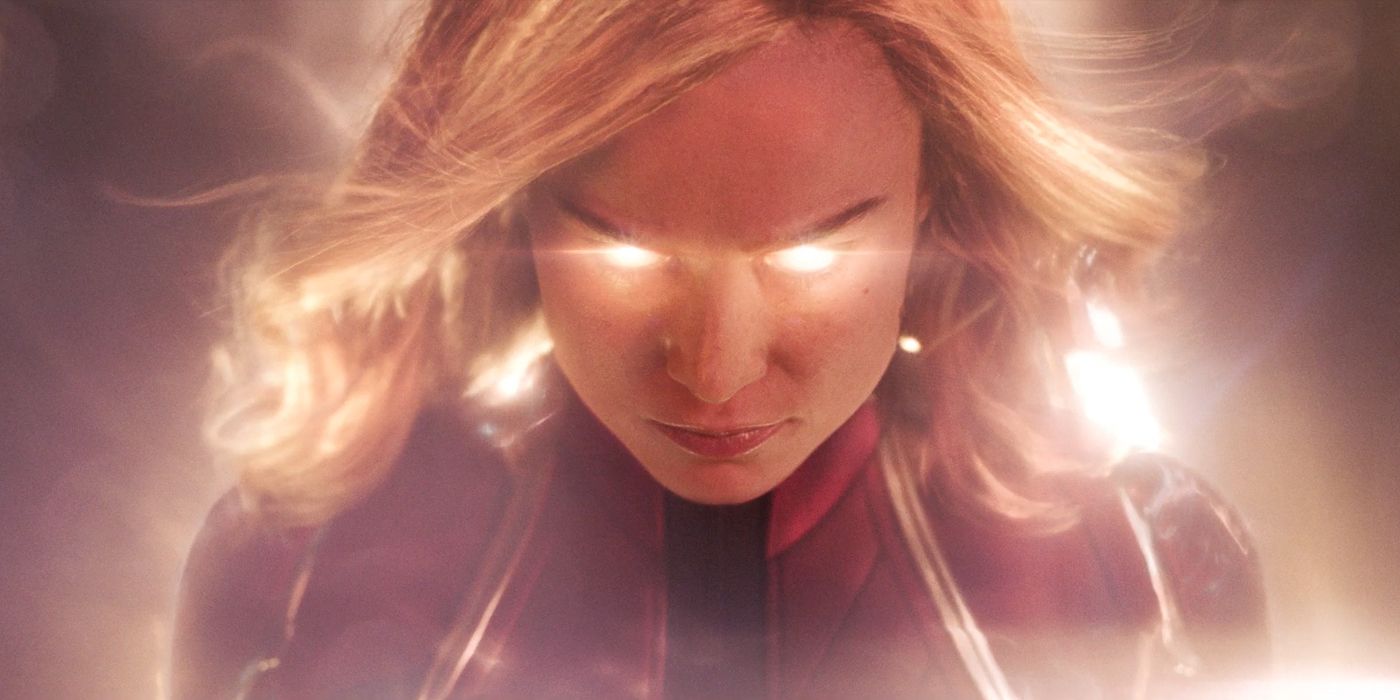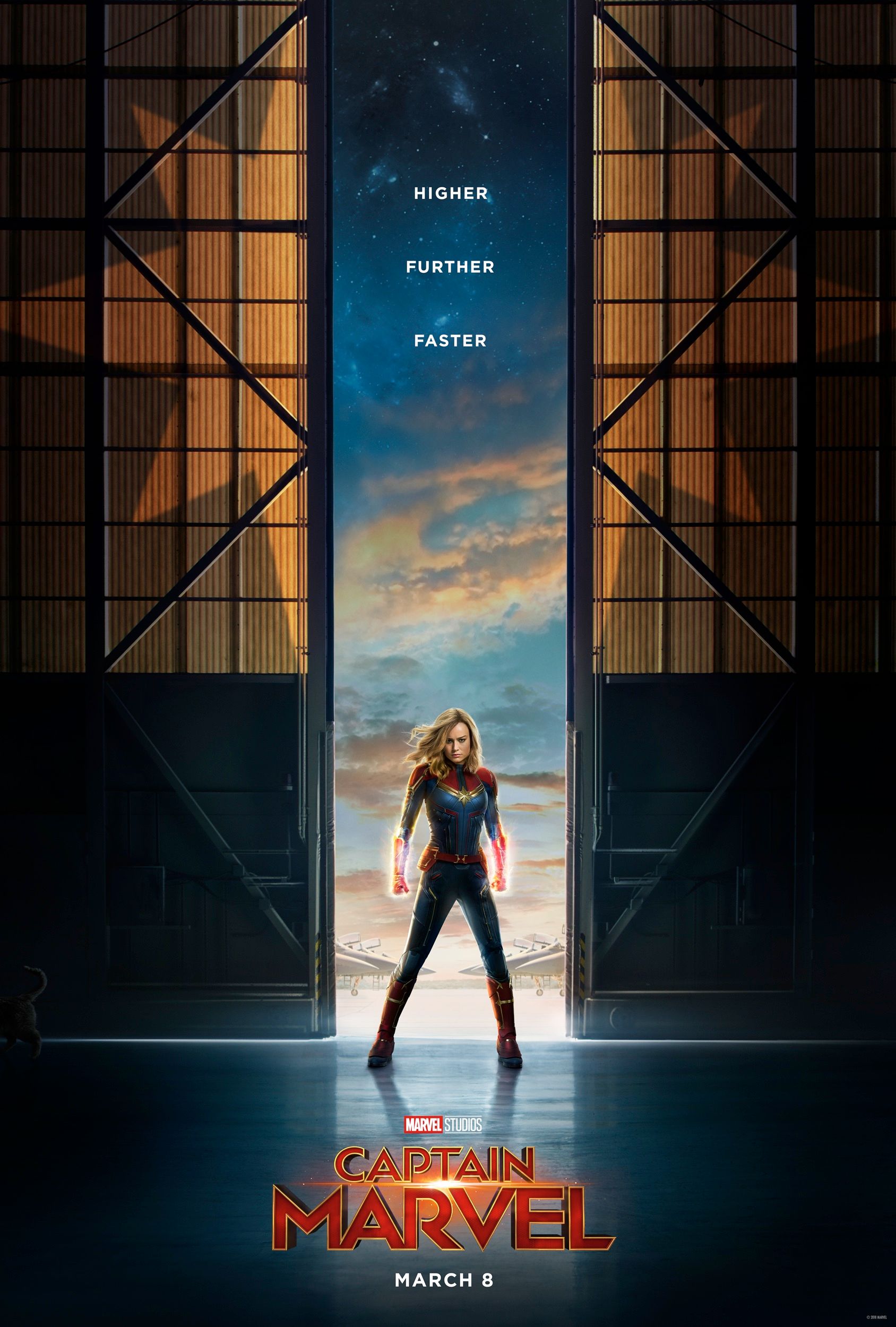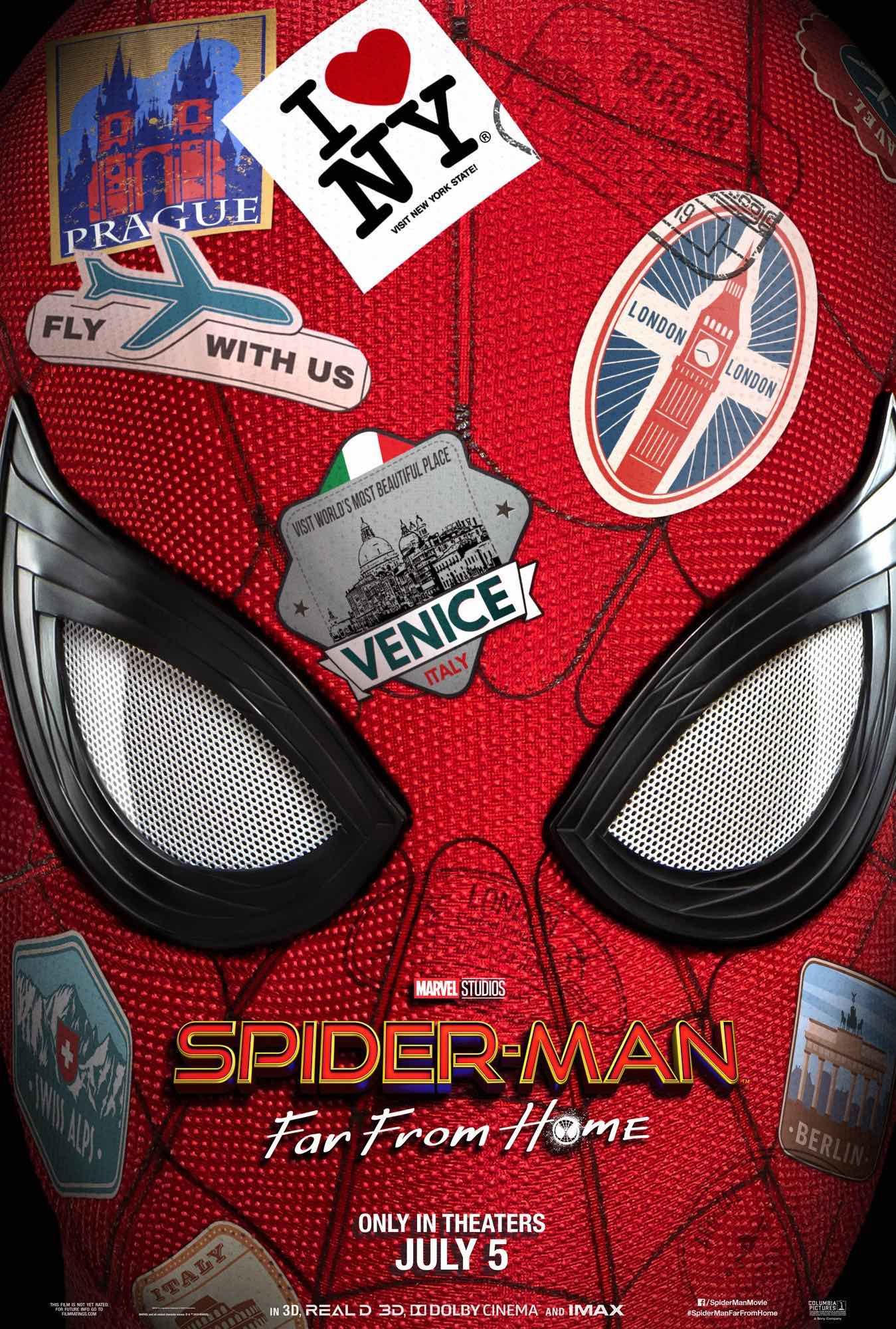WARNING: Spoilers for Captain Marvel ahead.
Carol Danvers aka Captain Marvel's origin and powers have changed quite a bit from the comics for her MCU debut. The character’s popularity has increased over the last few years in the Marvel comic fandom, thanks to a stellar run by Kelly Sue DeConnick, and the time is ripe for Brie Larson to help catapult Carol Danvers and her alter ego into the mainstream.
The movie functions as Captain Marvel's origin story, but with a twist. Set in 1995, Carol begins the film fighting with the Kree Starforce before finding her way to Earth and slowly discovering her human past, along with the help of a two-eyed Nick Fury. This more complicated take on a standard Marvel movie has led to some confusing trailers, although given Carol has a fairly convoluted history in the comics anyway, that's hardly surprising. What is surprising is how, rather than streamlining it for casual fans and general moviegoers directors Anna Boden and Ryan Fleck have changed it to make it more complex.
Related: Captain Marvel Movie: All The Villains Explained
Carol Danvers' journey from USAF personnel to a premier superhero of the Marvel Universe is marked of warring alien races, doomed mentors and love interests, not mention erratically changing power-sets, so the challenges in adapting the character for the MCU are not inconsiderable. Here's everything you need to know Captain Marvel's origins and powers in the comics, and what the movie changed.
Last updated: March 7, 2019
- This Page: Captain Marvel's Origin Story In The Comics And MCU
- Page 2: Captain Marvel's Powers in the Comics and MCU
Captain Marvel’s Origin Story In The Comics
In the Marvel comic books of the late '60s, Carol Danvers was not the first to carry the mantle of Captain Marvel. That distinction belongs to space alien Mar-Vell, a member of the Kree Imperial Militia. Initially sent to observe Earth due to the human race’s preparations for space travel, Mar-Vell poses as scientist Dr. Walter Lawson, and begins to fall in love with security chief (and former USAF pilot) Carol Danvers. Ultimately turning against the Kree Supreme Intelligence’s devious plans for mankind, Mar-Vell - or Captain Marvel, as he later comes to be known - becomes a protector of Earth. That is, until he is sadly taken by cancer inflicted upon him by the villain Nitro in the seminal graphic novel The Death of Captain Marvel (1982).
Before his death, Mar-Vell had been engaged in a battle with an old superior officer/jealous love rival from the Kree military named Yon-Rogg. Yon-Rogg had kidnapped Carol Danvers, and in the ensuing rescue by Mar-Vell, Danvers was subjected to radiation from a Kree machine, changing her DNA to become half-Kree. This caused her to gain powers similar to Mar-Vell’s, which she used to fight crime and villainy under the guise of Ms. Marvel. Soon after, she joined the Avengers. She's also spent some time fighting alongside the X-Men, after the power-and-personality leeching then-villain Rogue absorbed all of her memories and powers.
Related: Why Captain Marvel Doesn't Age Between The 1990s & Avengers 4
In 2012, Carol finally accepted the mantle of Captain Marvel (following stints under code-names like Binary and Warbird), following a team-up against the Phoenix Force with a briefly resurrected Mar-Vell. Considering the Captain Marvel legacy and its significance to her life, she takes on the name with Captain America’s blessing, who assures her that Mar-Vell would want her to have the name. She embraced the role with aplomb, becoming one of the Marvel Universe’s premier heroes.
How the Captain Marvel Movie Has Changed Carol Danvers’ Origin
Captain Marvel sidesteps the traditional origin story as usually witnessed in big screen superheroes. Carol already has her powers, and is a member of the Kree's Starforce, an elite military team led by Jude Law’s Yon-Rogg. Known as Vers, been fighting with the warlike Kree for the past six years against the more clandestine, shape-shifting Skrulls and has no memories - beyond a few dreams - of her life before.
Vers is targeted by the Skrulls for her knowledge which points to Earth. Chasing the shapeshifters to Terra, she discovers that she had a life on the planet; it's revealed she was part of a secret S.H.I.E.L.D. project created by exiled Kree scientist Mar-Vell (a gender-swapped version of the original Captain Marvel played by Annette Bening and known on Earth as Dr. Wendy Lawson) to develop a lightspeed engine from the Tesseract to help the Skrulls escape the Kree aggressors. During a test flight, the pair were intercepted by Yon-Rogg; Mar-Vell was killed but Carol shot the engine, absorbing the powers of the Space Stone. The Starforce commander, realizing her potential power, took the half-Kree, half-human to the alien capital of Hala.
Once discovering the truth, Carol allies with Ben Mendelsohn’s Talos and the Skrulls. She successfully fights the Kree away from Earth and, after saying goodbye to new friend Nick Fury, travels off to help the Skrulls find a new home.
Related: How MCU Skrulls Have Changed From The Comics & Concept Art
Evidently, there's a lot of differences between the Captain Marvel comic origin story and that of the movie. The period setting makes her a precursor to the Avengers, while Mar-Vell's scientist role further pushes Carol Danvers as a unique hero in her own right. That said, a lot of elements remain true: Mar-Vell and Yon-Rogg are involved in the origin incident that involves Carol being consumed by an explosion (although this one is tied to Infinity Stones, not Kree tech), and as in the DeConnick run she is abused and manipulated before fighting back. More different are the Skrulls; they're more overtly good in the MCU, while Captain Marvel hadn't interacted with them in the comics until 2008's Secret Invasion.
Page 2 of 2: Captain Marvel's Powers in the Comics and MCU
Captain Marvel's Powers In The Comics
The history of Carol Danvers’ power set is a convoluted one. Danvers was initially exposed to a Kree machine (that turns imagination into reality) named a 'Psyche-Magnitron' during a fight between Mar-Vell and Yon-Rogg. Due to her proximity to Mar-Vell (who saved her from the machine exploding), she was imbued with half-Kree DNA. This allows her increased strength, durability and flight, with her Kree physiology also allowing her immunity to toxins and poisons.
Carol was later subjected to experimentation by insectoid alien race called the Brood, who gifted her new cosmic powers - after which she took up the mantle of Binary. She drew these abilities from her connection to a "White Hole," and they included manipulation of energy (including gravity itself), and the ability to survive in the vacuum of space. However, these powers only lasted for a short while before the connection to the White Hole was severed. Carol held on to a semblance of these powers, allowing her to absorb energy and shoot it from her hands in photonic form.
Changes to Captain Marvel’s Powers in the MCU
Captain Marvel's movie powers are in a very similar area to her powers in the comics. To begin with, they're are dampened by a Kree inhibitor chip, but eventually she overpowers that and develops the ability to go Binary.
Carol's primary ability is photon blasts, which she uses throughout, in addition to increased strength. After going Binary, these powers are increased to an astronomical level and she gains the power of flight. Given her abilities come from the Tesseract, it's likely she has similar energy abilities beyond what's shown in the film.

